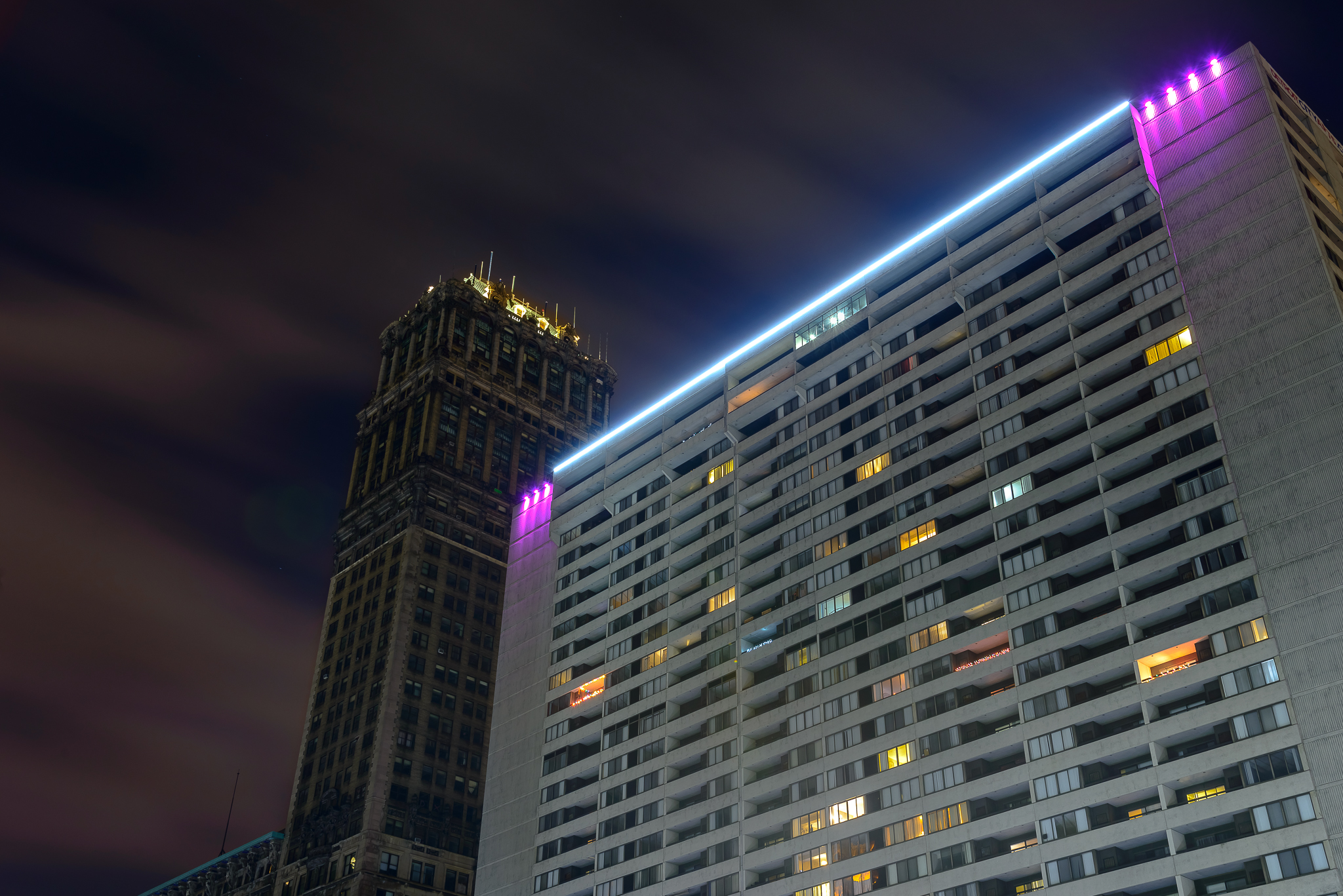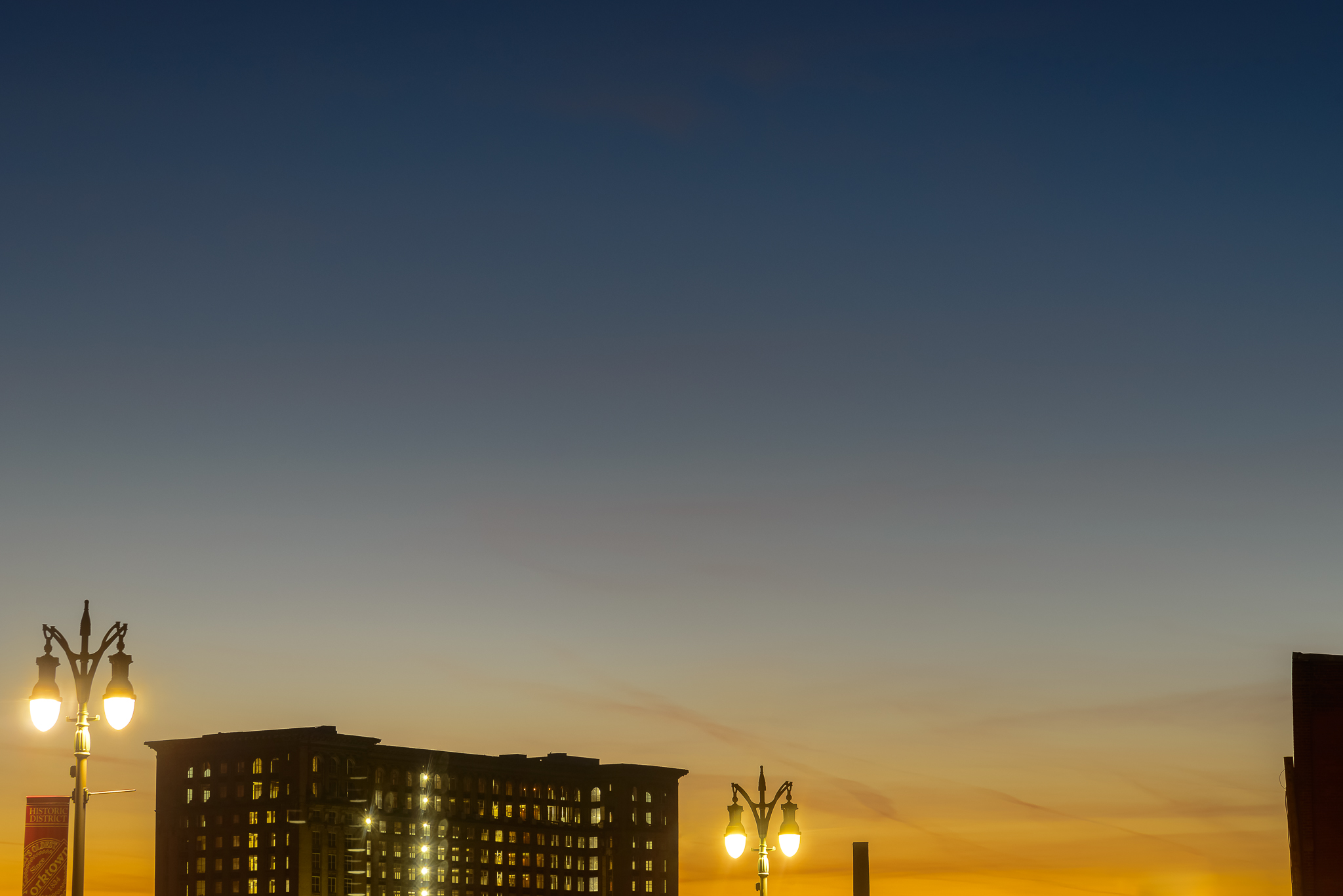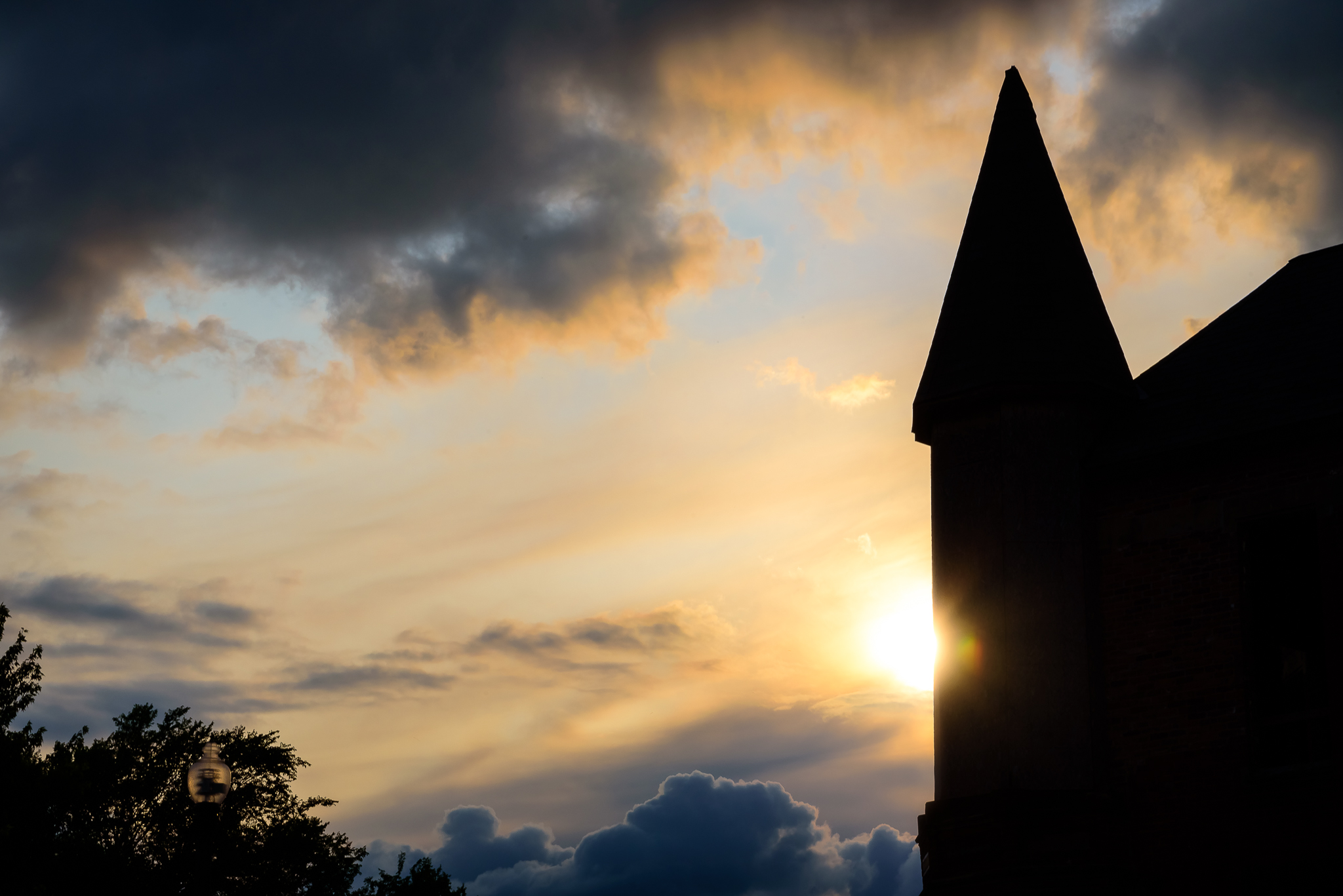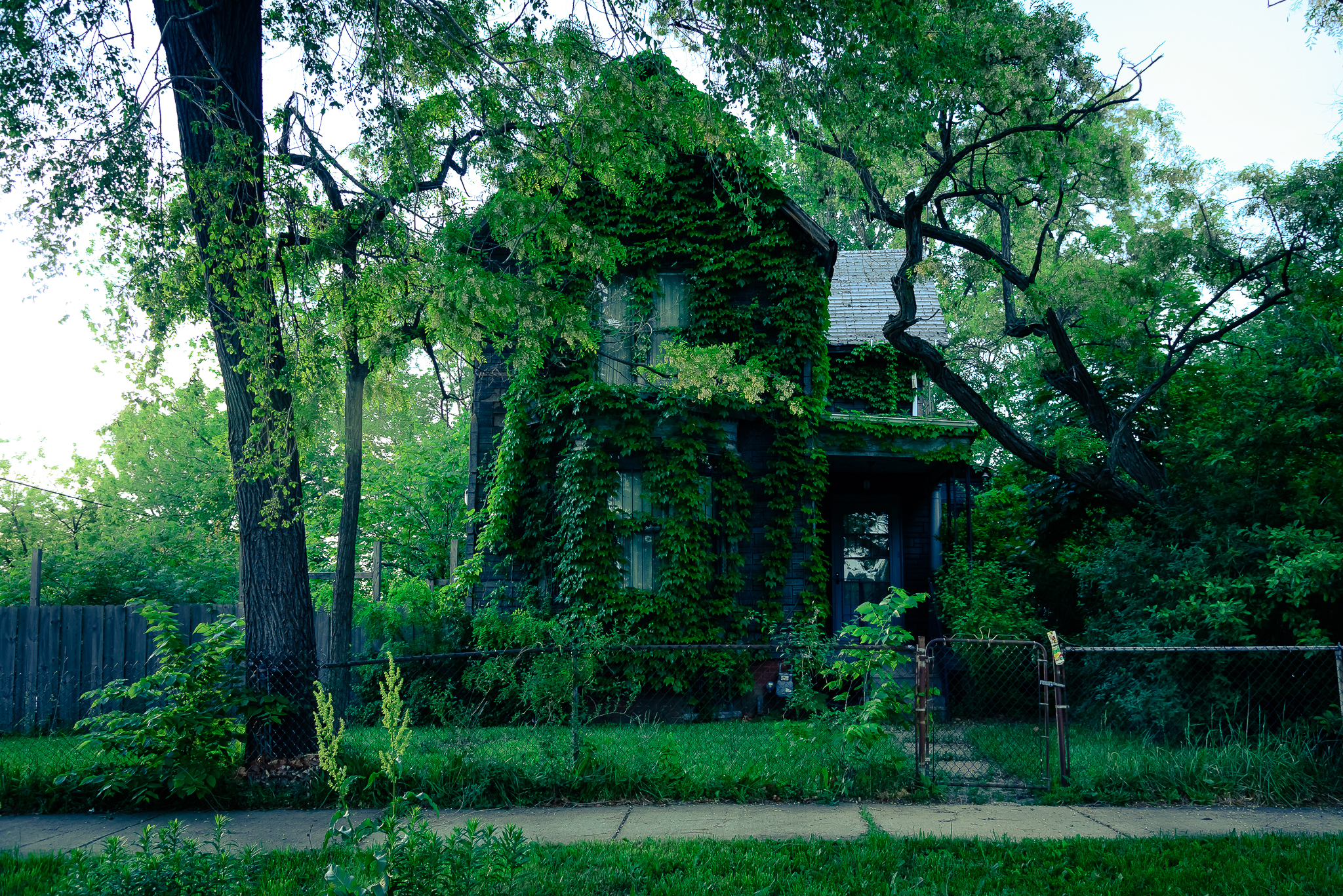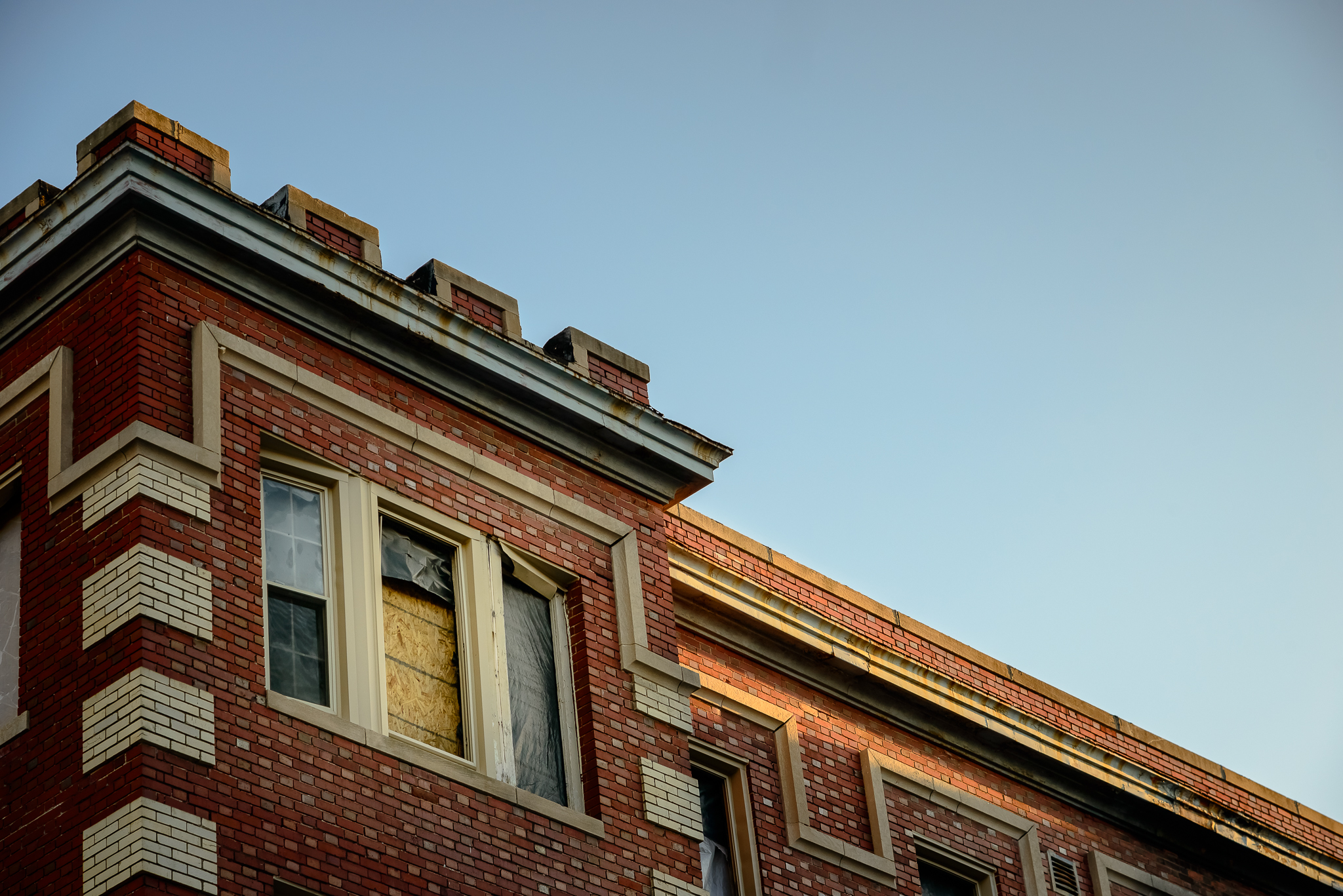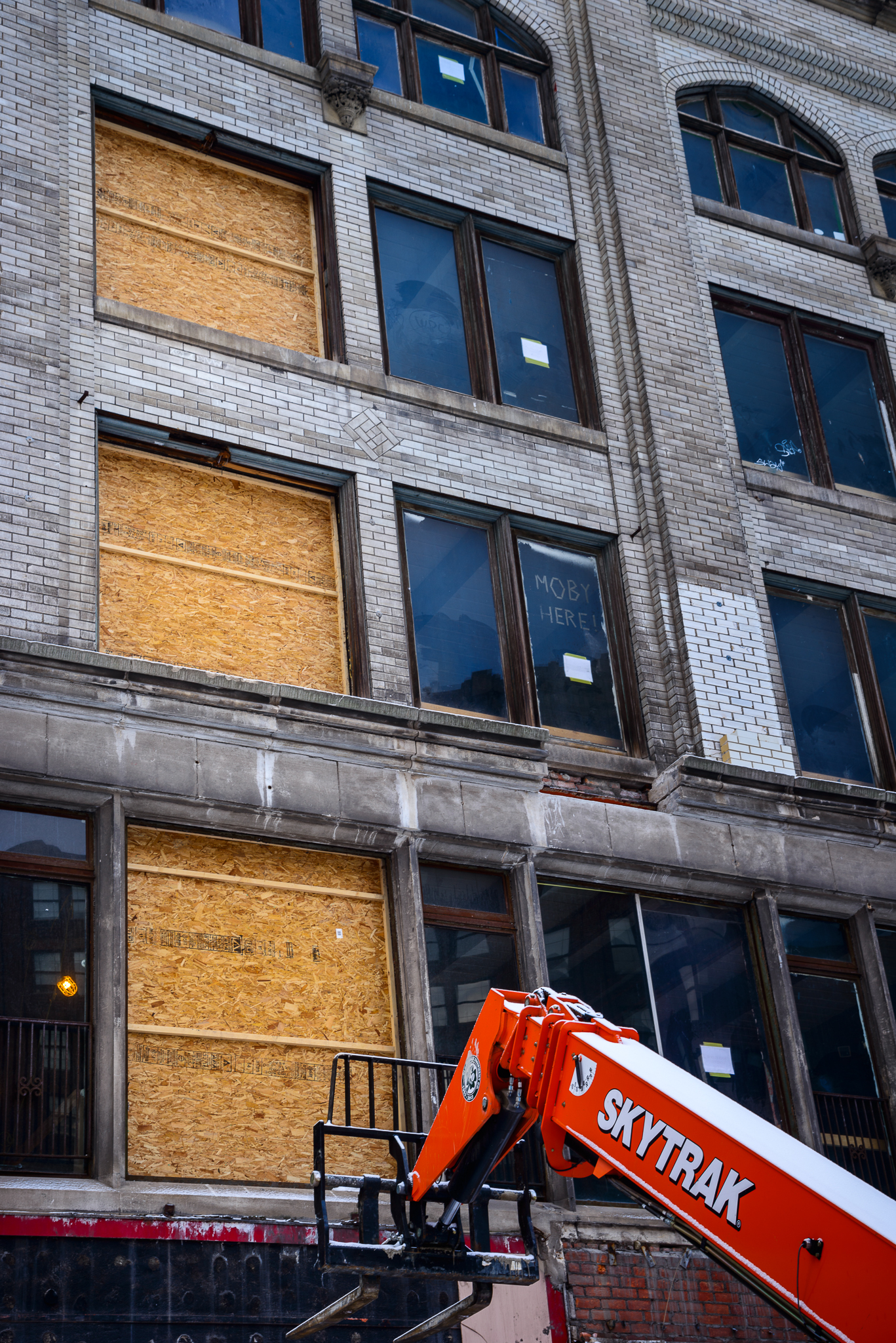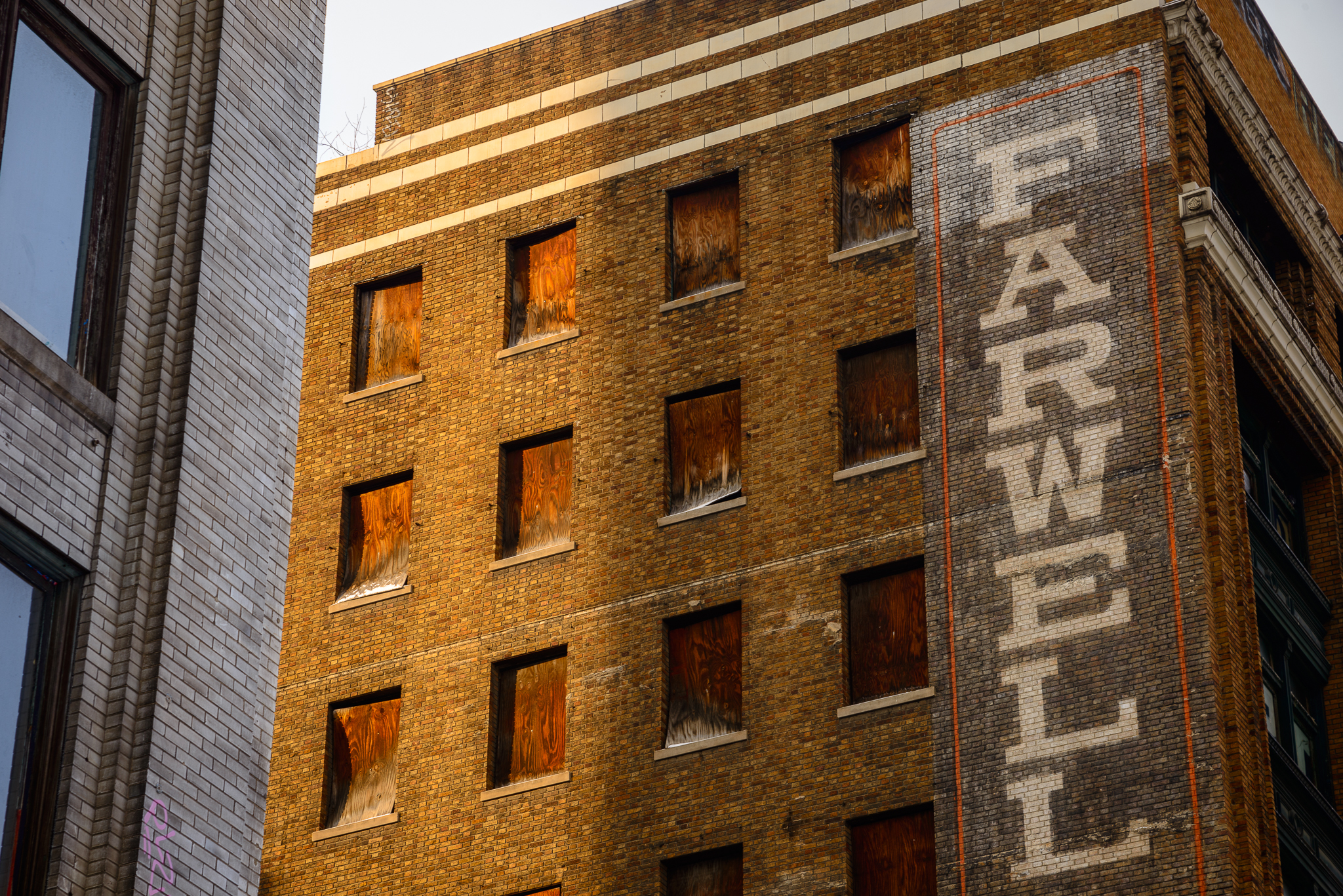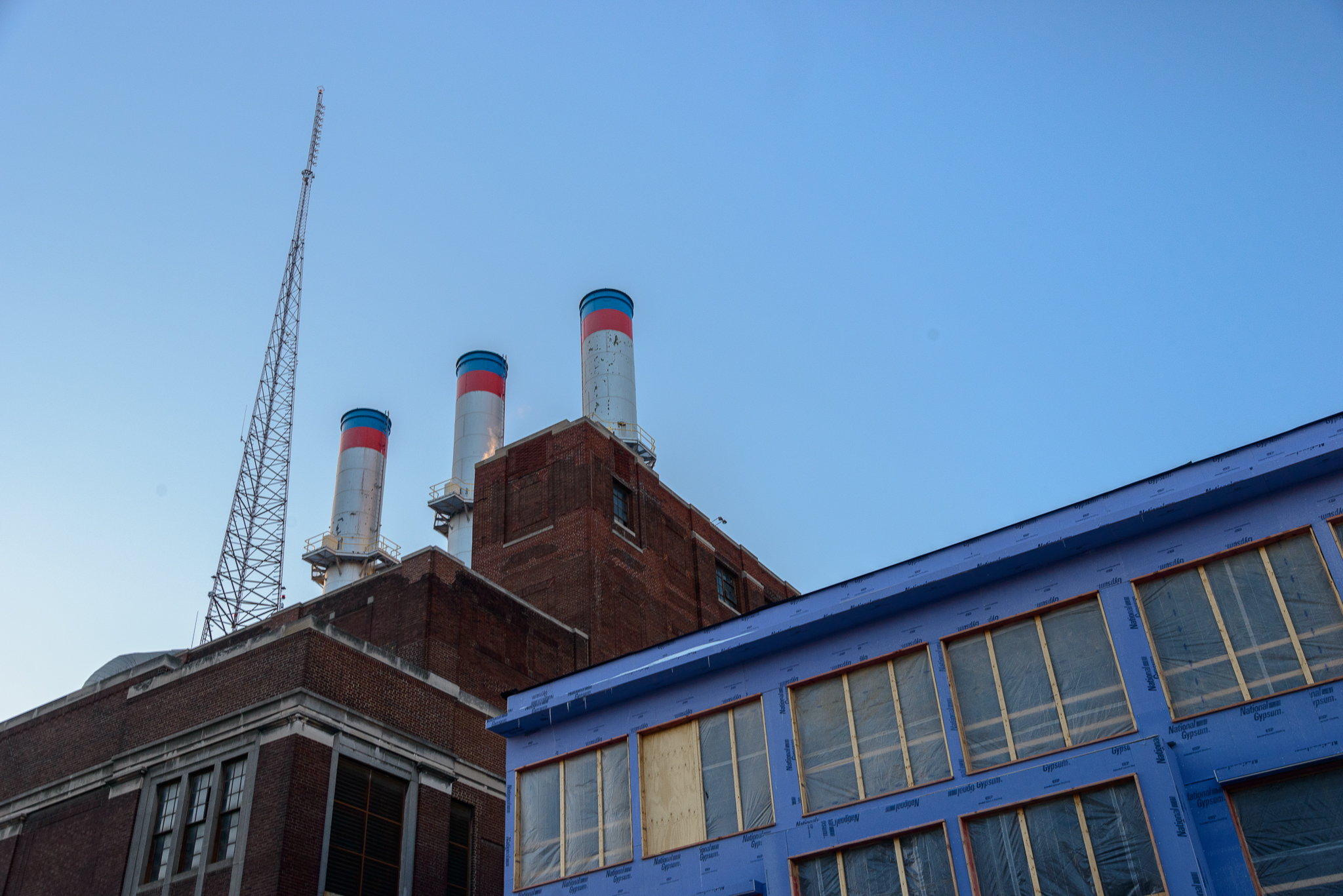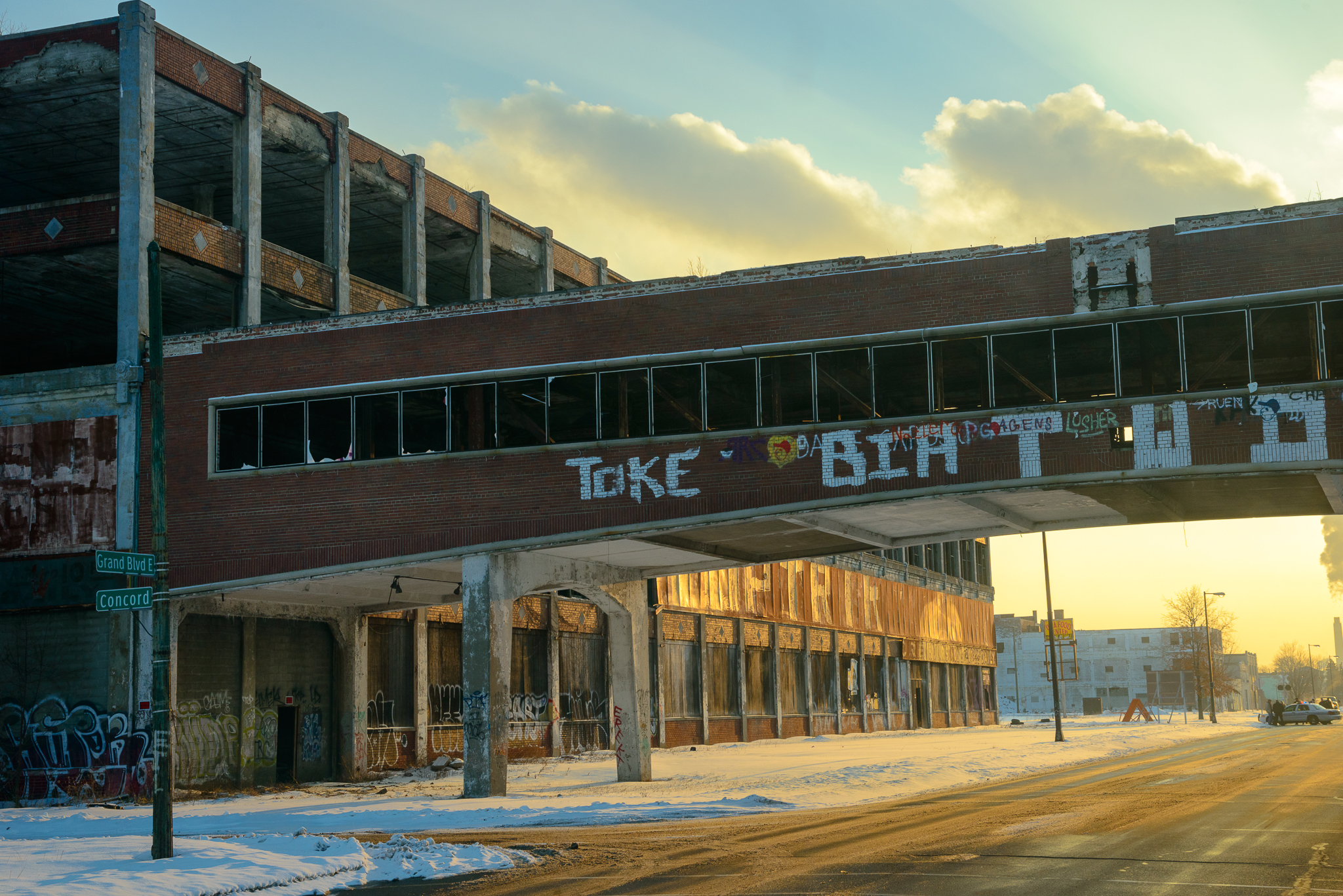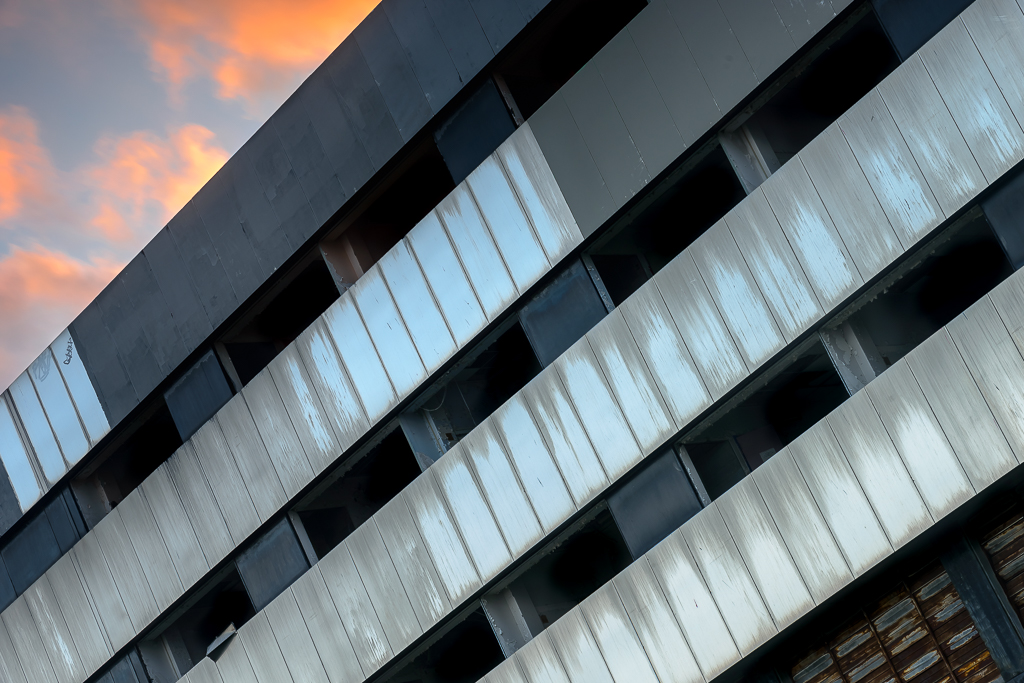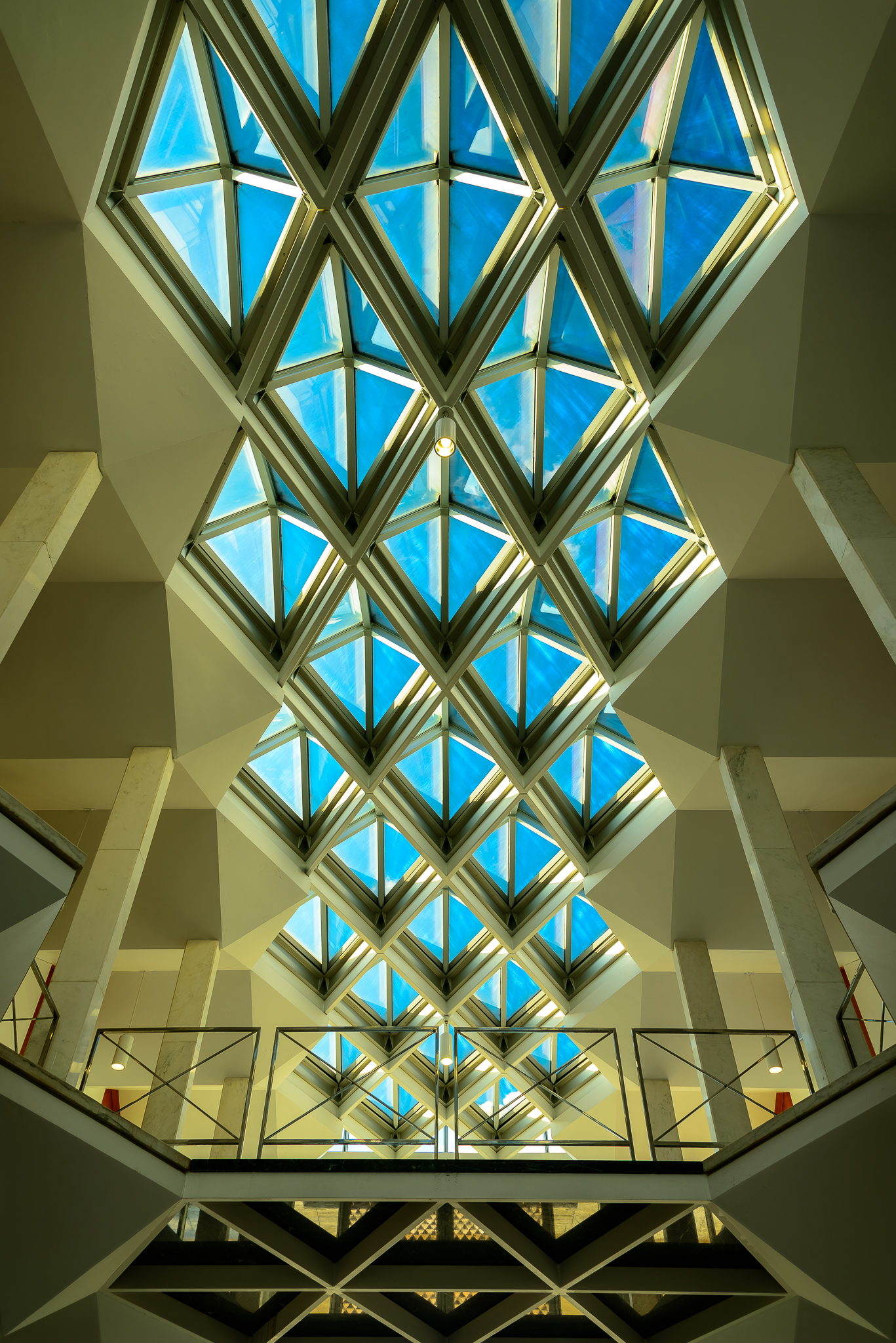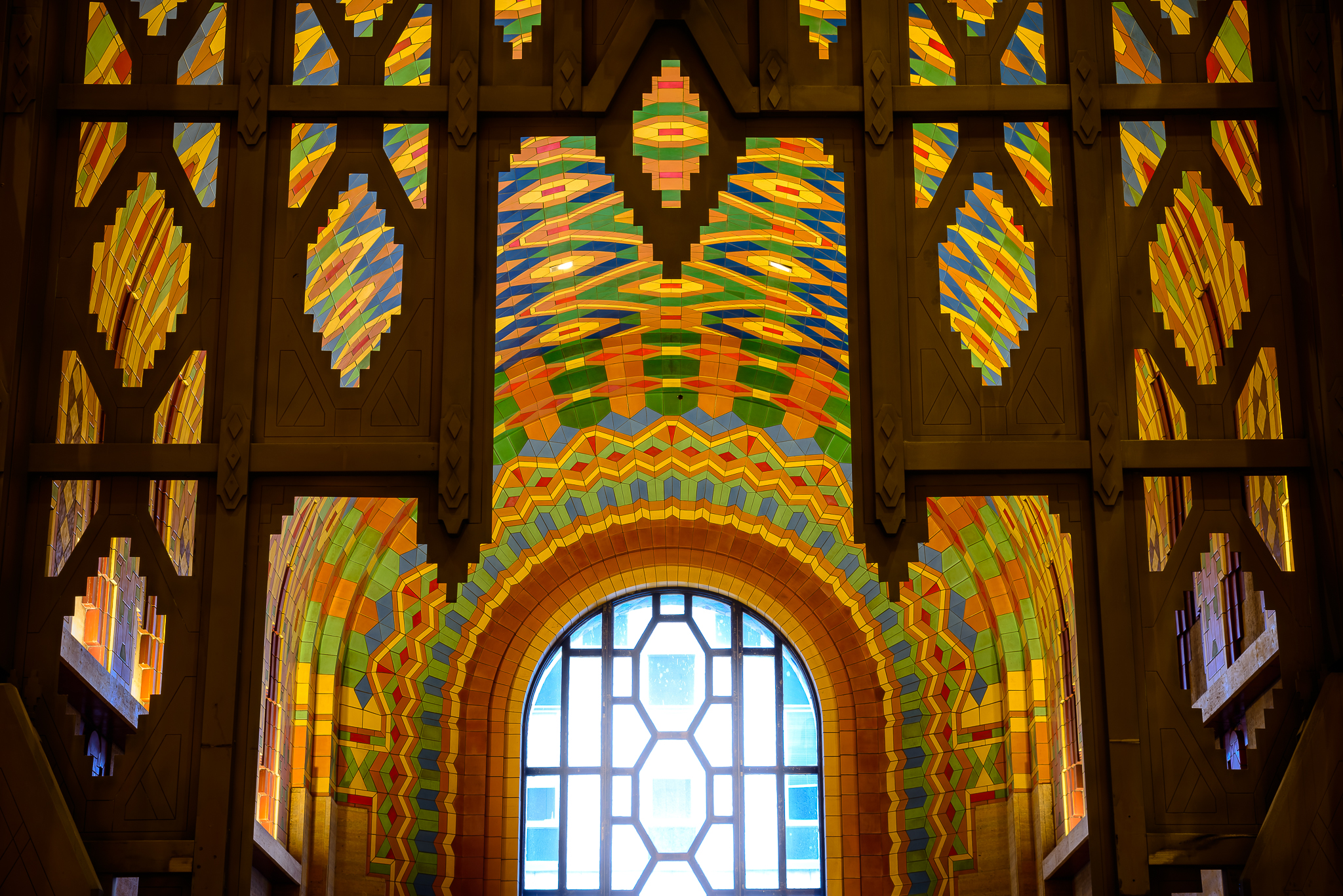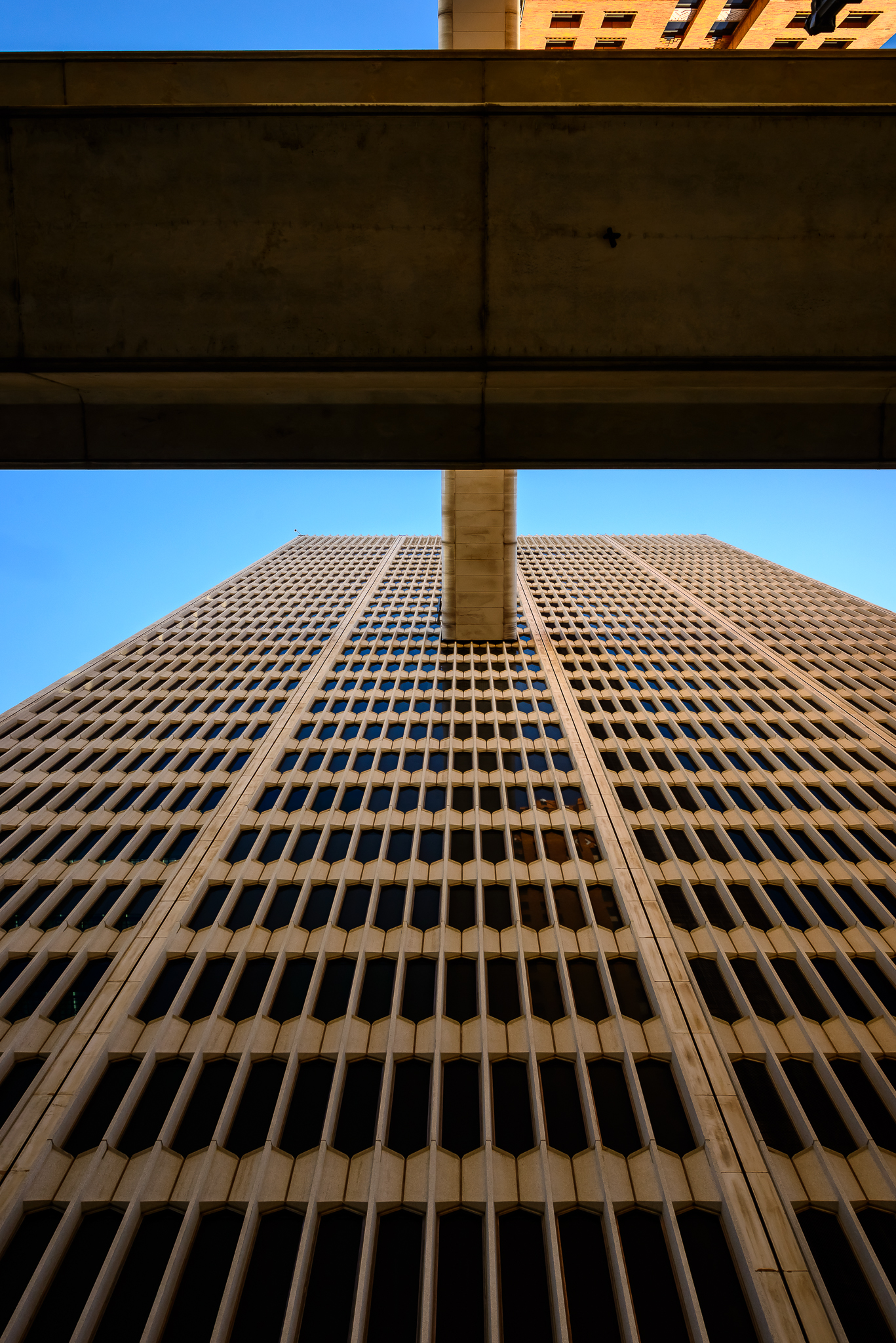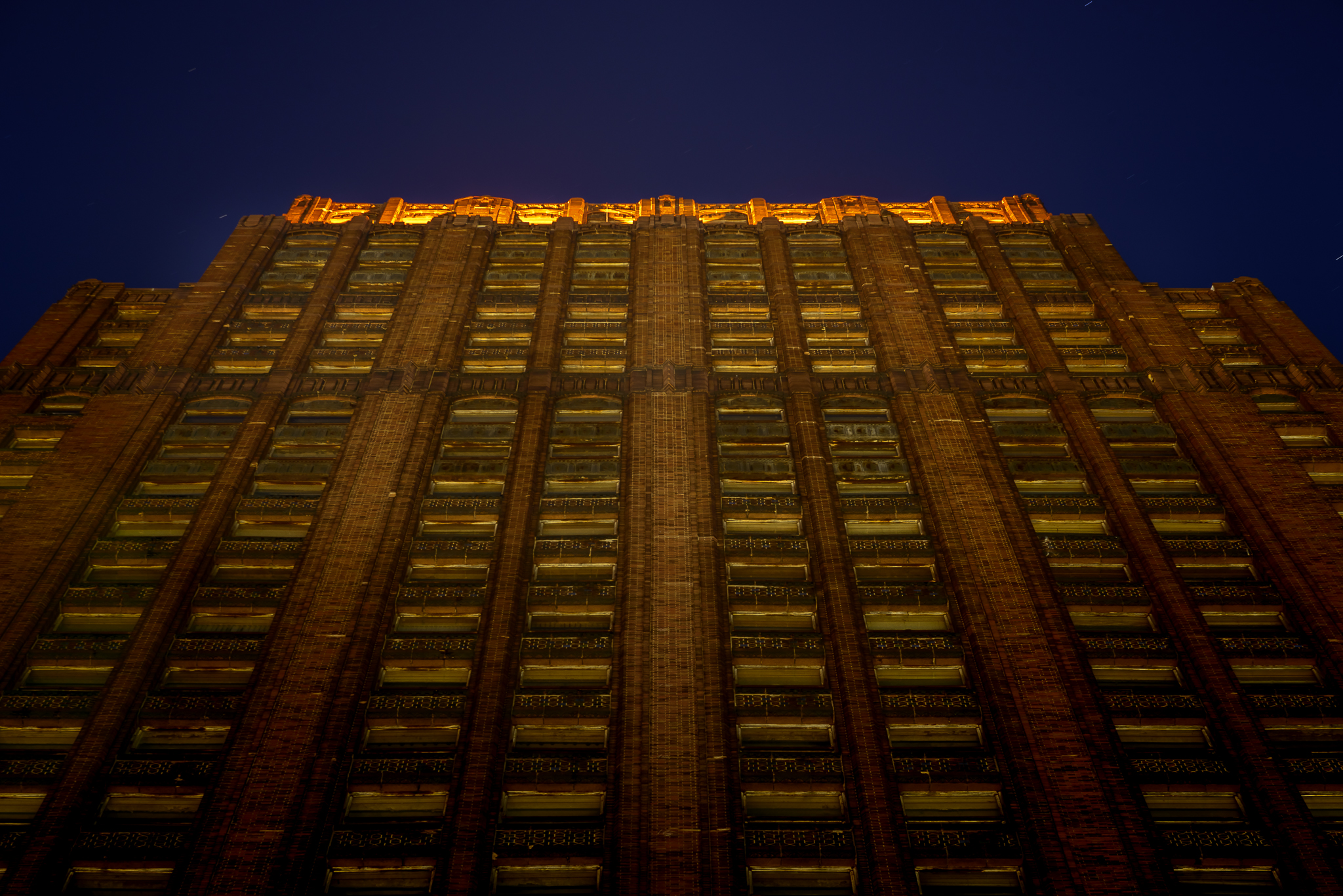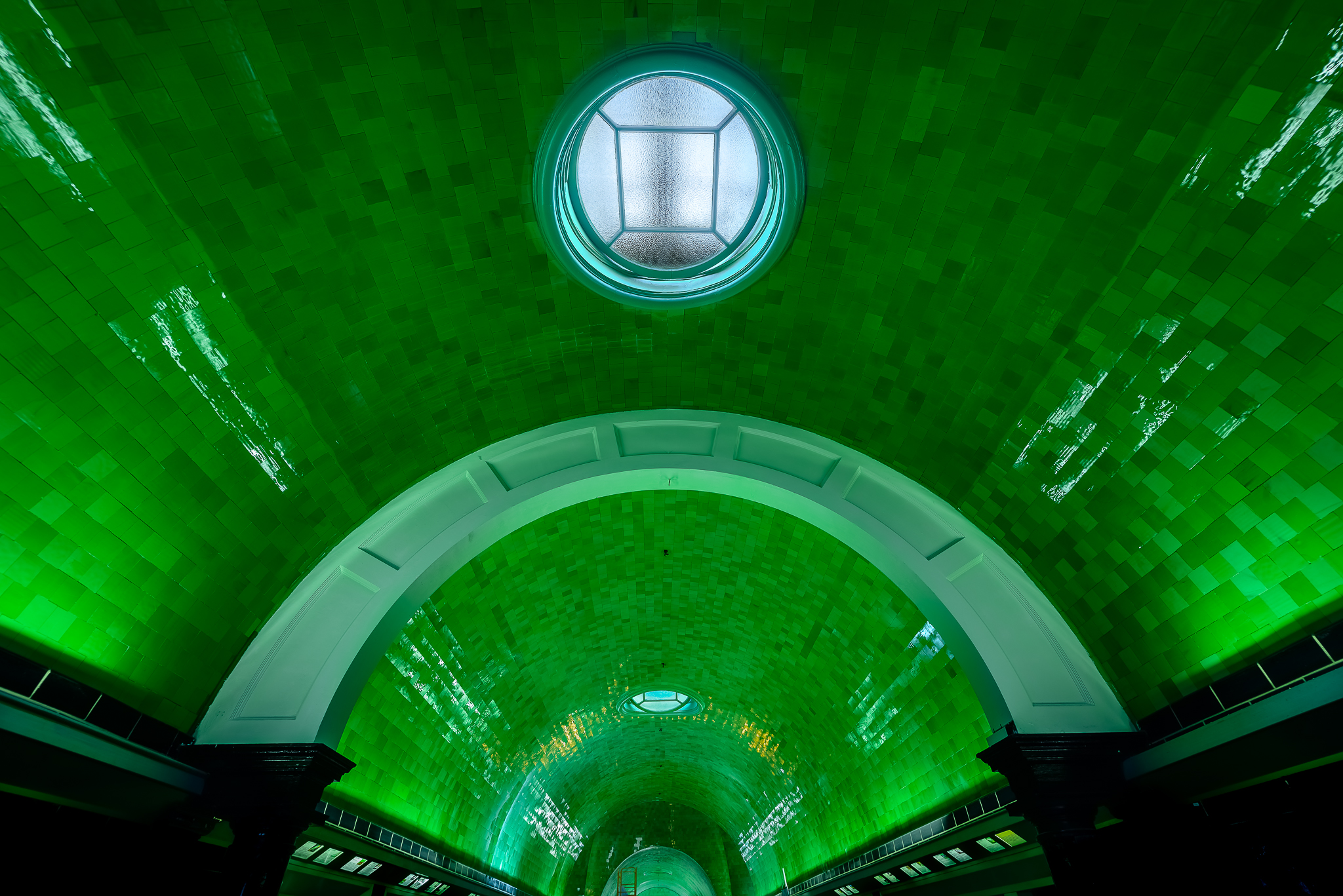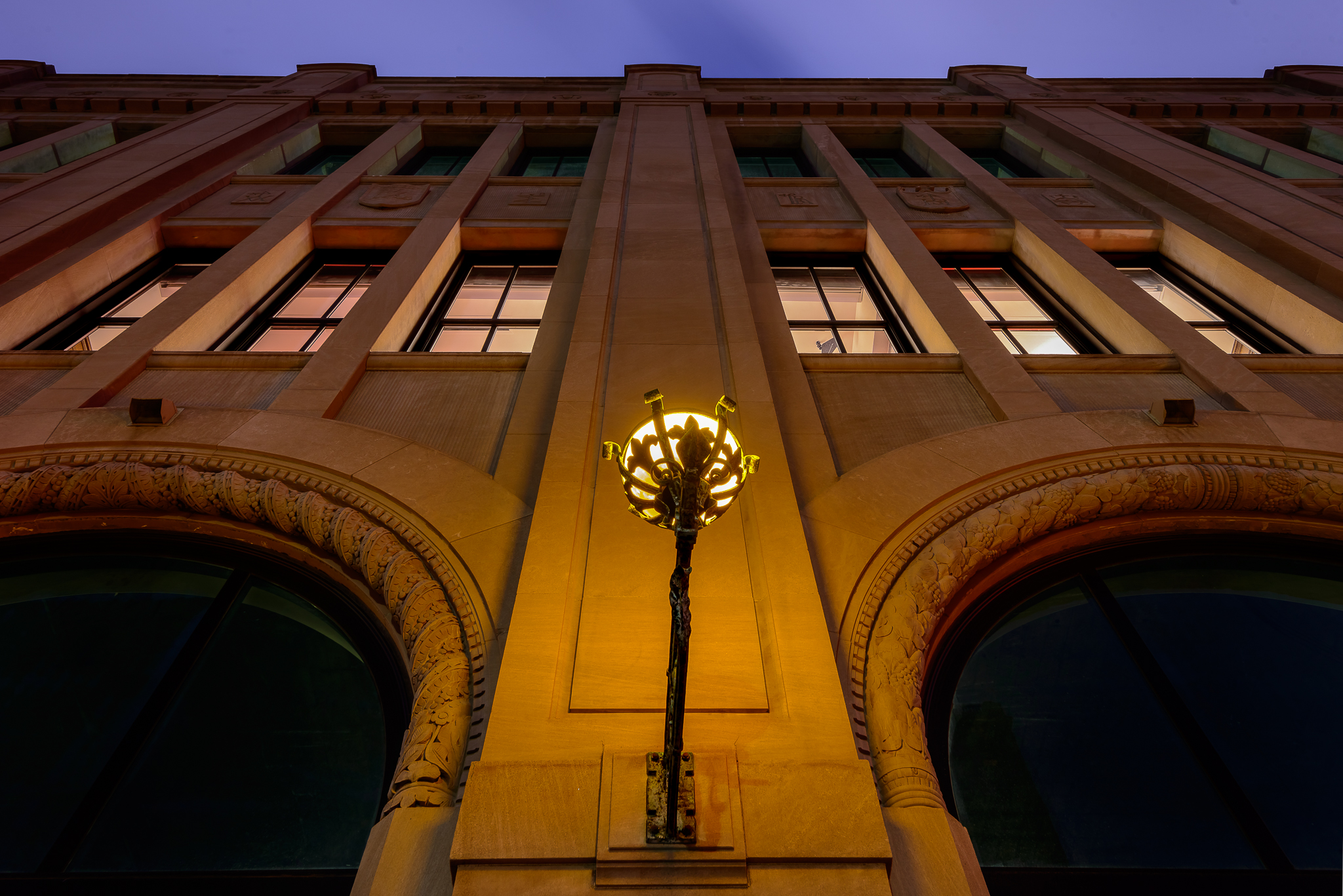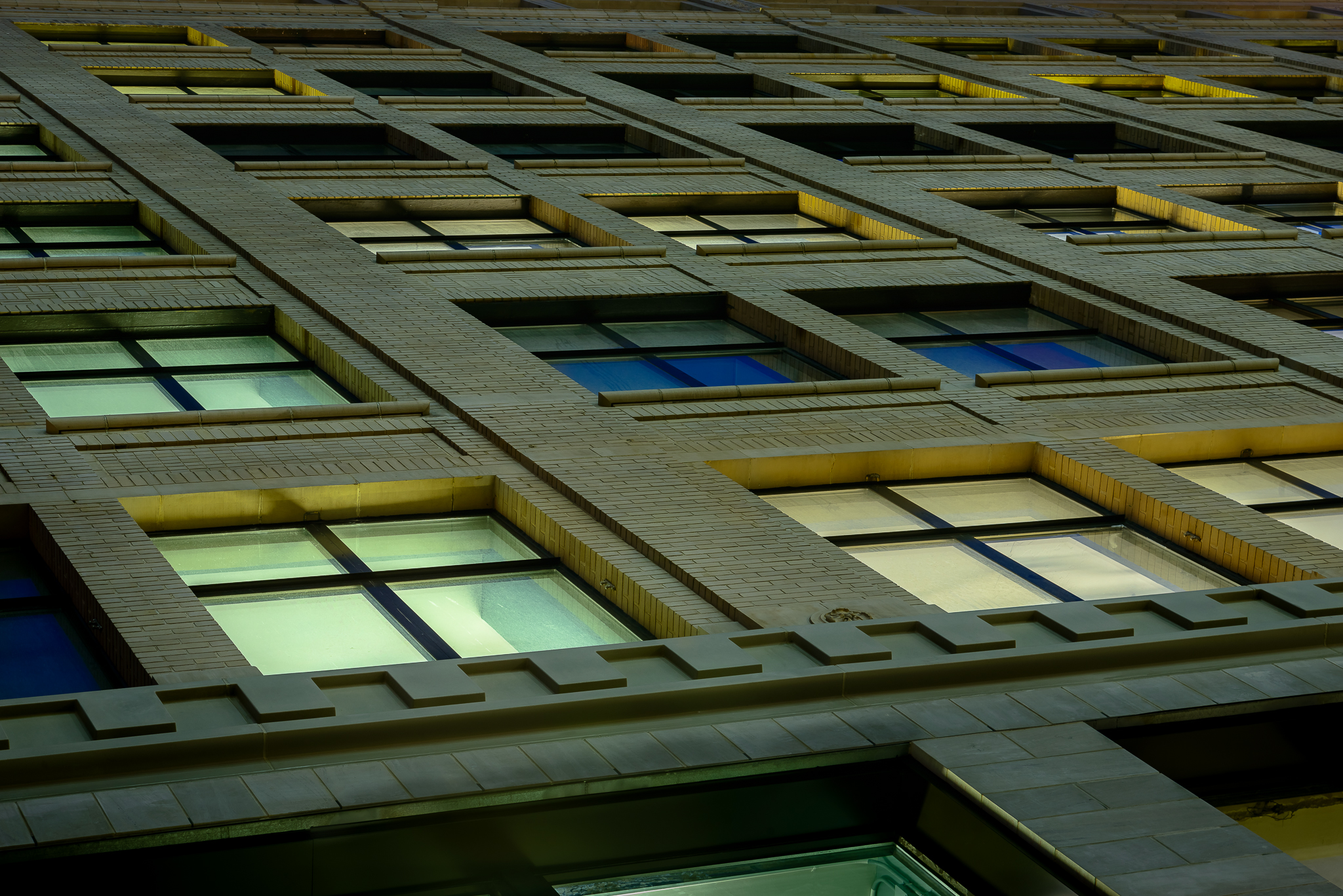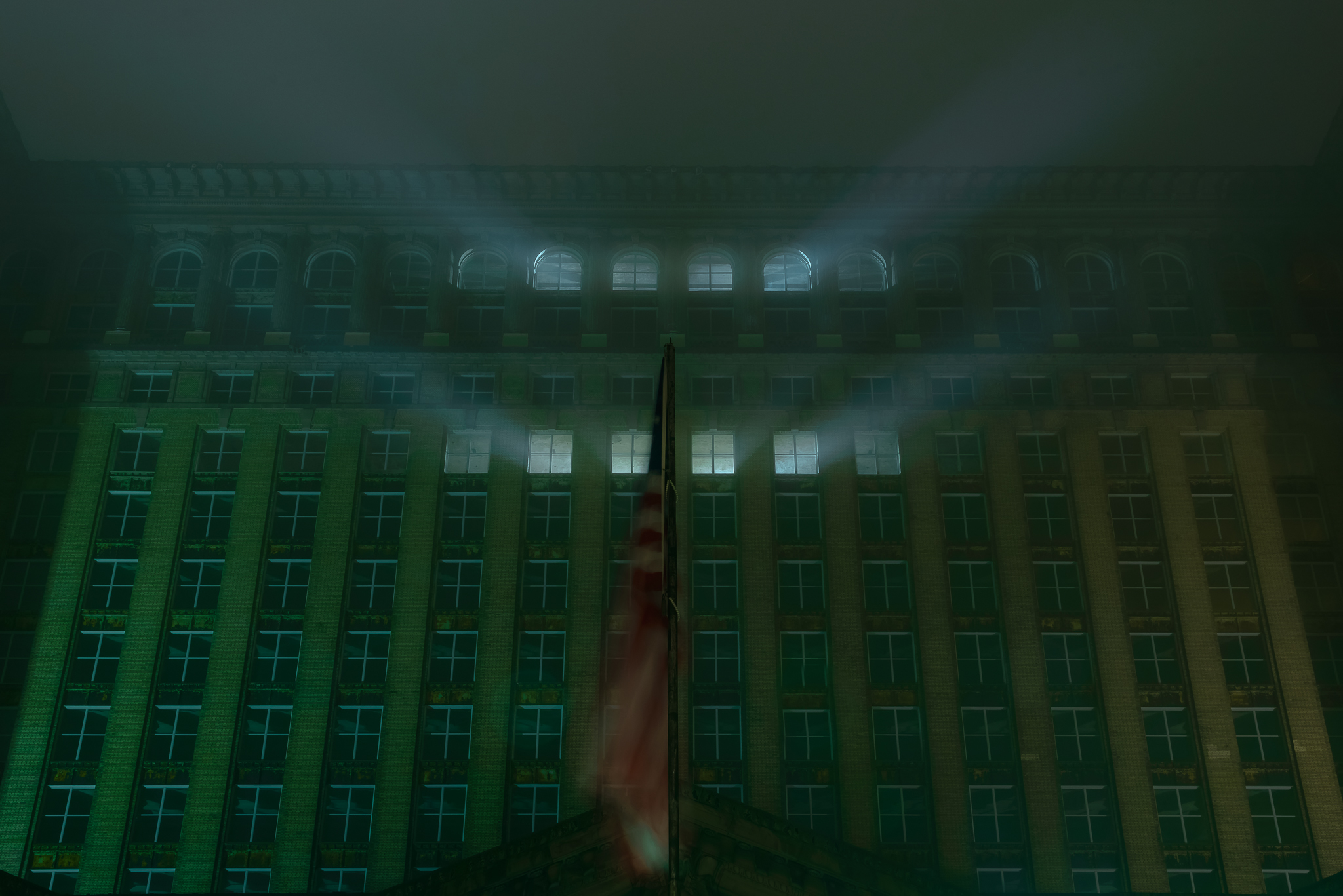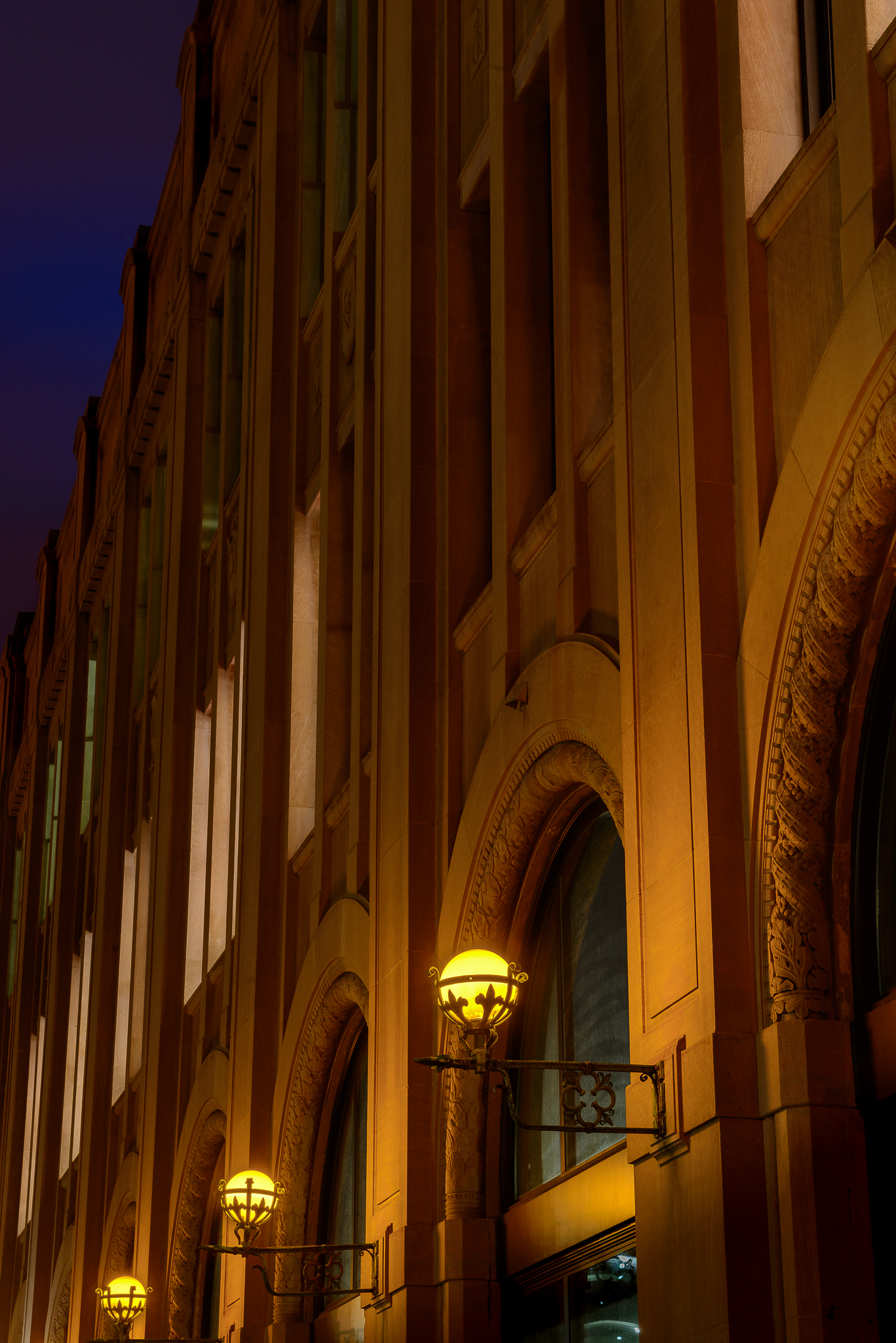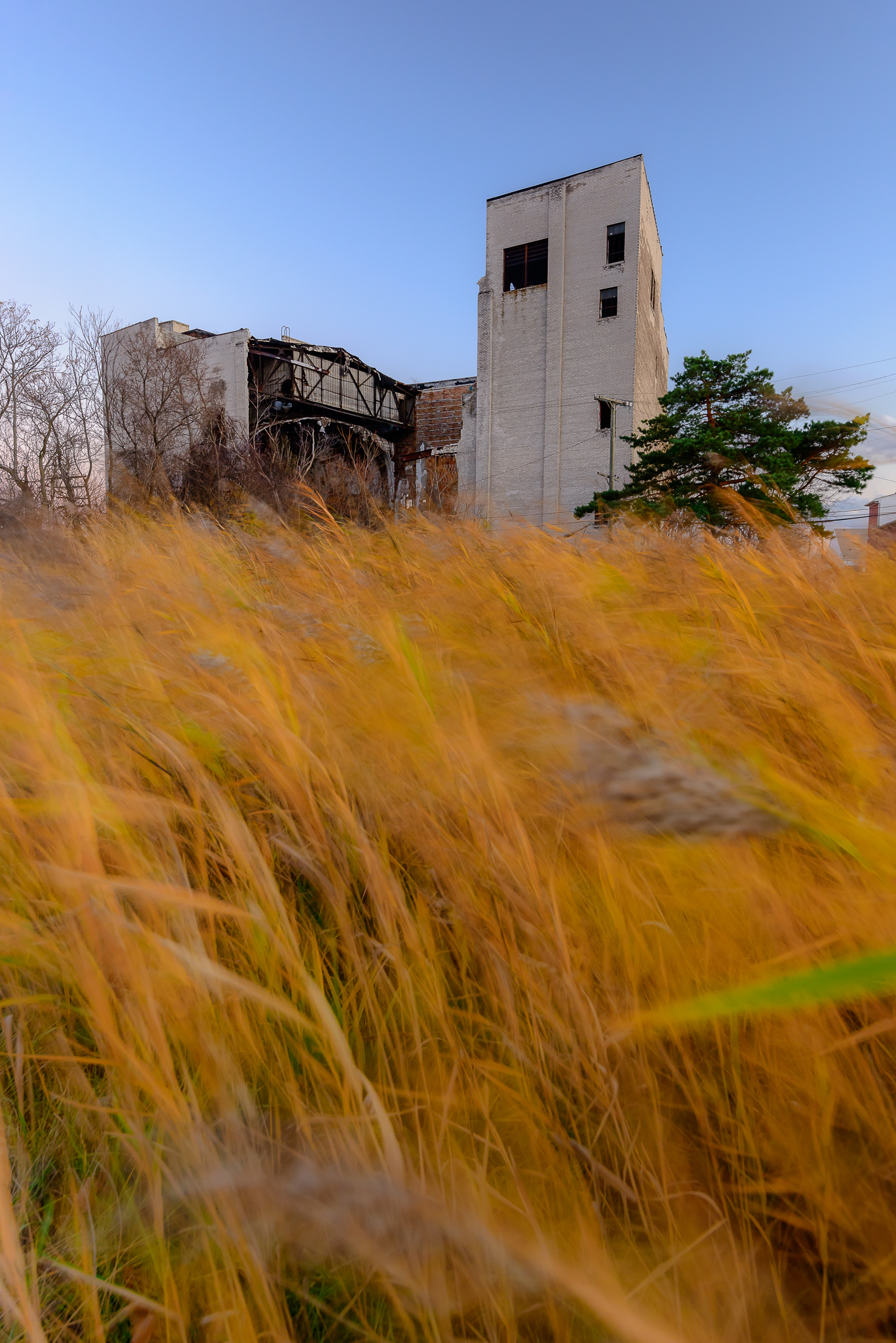RUMORS: Detroit. Year one.
Mentioning Detroit makes people’s eyebrows raise. They’ve likely heard about the city in some capacity, and usually a pretty negative one. This is a city that looks like no where else I had experienced. Frankly my initial impression was that it’s America’s third world country. That’s also an observation I find honest and hardly debatable. Detroit was the poster child for the 2008 recession and global economic collapse. It was the largest American city to file for bankruptcy. Its problems span decades and will take decades more to further understand. These collective and complex problems make for insanely low hanging visual fruit. Photographers over the last decade have (beautifully) plundered the Motor City’s now internationally famous ruins. From the comfort and safety of our couches they’ve shown the world how truly fucked a place can be.
That’s why I had to do something different.
Immediately I knew it was imperative that I find a new narrative for Detroit. With cities all over the country showing more interest in Detroit than the people actually living in it, I had a unique challenge to address. During my third visit in late 2014, I was presented with my first real tour of the city. Piloted through the metropolis by a life long Detroiter, we spent over three hours touring the sprawling grid. One theme kept reoccurring as he pointed out locations and detailed their stories... it was rumors. Rumors of what happened, rumors of who owned it, rumors of future plans, rumors about other rumors. In the days that followed I was more in-tune with neighborhood chatter and realized how constant the rumors really were. Almost any turning of a stone in the city was accompanied by a rich handful of speculative rumors.
I returned home to LA and used my distance from the city to research. Learning the story of the last decade, and more notably, the years surrounding the infamous bankruptcy, built the foundation for the images I would begin capturing. Not only was challenge to create images built on this theme, but my challenge laid also in photographing a city. My past had been filled with navigating backcountry trails to discover pristine waterfalls and starry skies. National parks and sprawling landscapes of the West were what I built my aesthetic and brand on for half a decade. This was my first project with a message and not just serene images of sunsets.
You can avoid the blight of Detroit, but only marginally. Choosing not to directly focus on the obvious hardships of the city still meant exploring and studying them. You have to first study where you’ve been to understand where you’re going and that was my approach before I began clicking my shutter. Only after I had a slight grasp of the scale and magnitude of Detroit’s shortcomings could I begin to craft a new narrative. Detroit’s “go-to” neighborhoods provided much of my initial imagery. Neighborhoods that were obvious in their transformation. Downtown, Mid-Town, Corktown, places where people people had staked their claim in the urban frontier. Detroit is still renowned for its (remaining) architecture. Giant Beaux-art pillars support grand lobbys and art-deco pewabic tile adorn some of the city’s most crown jewels, but burned out homes and collapsed roofs have stolen the show for decades. Slick steel beams have taken the back seat to broken and boarded windows. Creating a series to highlight this biased representation of the city became my first order of business. People around the country had likely known of the city’s crumbling walls, but probably didn’t know of its famed architects. Urban craftsman like architect Minoru Yamasaki, whose downtown skyscraper One Woodward preceded his master piece, The World Trade Centers. These were places that received less than their fair due in recent years.
Moving to Detroit full time was what I need to solidify the project. When I arrived in May the melt of spring was over and nature was returning to the city. Sidewalks, lawns, and fields began their characteristic pattern of growing wild and untamed. Never had I witnessed nature operating so freely within a metropolis. It was easy to see the beauty in perennial flowers blooming and surrounding the foundation of a house burned to the ground decades ago. Vines encapsulating homes barely stable, yet inhabited. This was where the lure of the Detroit’s blight became almost too inviting.
Living full time in the city meant being privy to happenings, big or small. When conservationists would clash with developers, I could hear the reverberations echo throughout the city. Historic mansions were being resurrected a stones throw from where a turn of the century hotel was demolished. The juxtaposition of these happenings soon became uncanny and too important to overlook. Working on the project has been an constant exercise in minute observation, it’s tracking the small changes. New sidewalks, painted over graffiti, construction banners, street light replacements, there are the kinds of changes that take notice. It’s these small, almost laughable, incremental improvements that tell Detroit’s new story.
When I returned from a six week West Coast visit in the fall I was greeted by blinding improvements, literally. Our home and storefront sits on Michigan Ave and right next to the historic site of the former Tiger’s Stadium, basically a major thoroughfare less than a mile from the center of the city. What had me so amazed was the presence of lights. Street lights on BOTH sides of the street had been replaced and were functioning for the first time in over a decade. Light was now flooding our second floor apartment every night. What is considered a bare minimum function in any other city was a MAJOR event in Detroit. The lighting strikes didn’t stop there. Just a quarter mile from our door, Michigan Central Station had similar events happening. After the commencement of a 6 month project to retro-fit new windows, the iconic train station soon had lights on at night. A warm and foggy december night first gave attention to the two floors of illumination. Soon the brightness level went from two floors to eight. It felt like mountains had been moved.
With the developments of 2015 feeling exponential, my reflection on the first year of the project encompassed more than I could have anticipated. What began as a challenge to evolve my personal work now takes on a bigger stage. The history of Detroit is changing faster than ever and those with power are shaping it’s figure even faster. From a distance it could be argued that these changes are minimal, but in the context of America’s most neglected and largest city for file for bankruptcy those arguments can only be entrained so much. This is a city hat faces monumental challenge and years of growing pains, but to be here witnessing key improvements and developments is a exciting gift.
